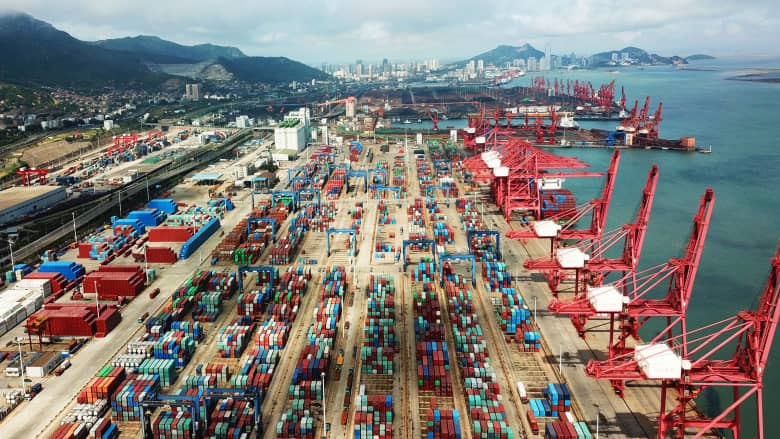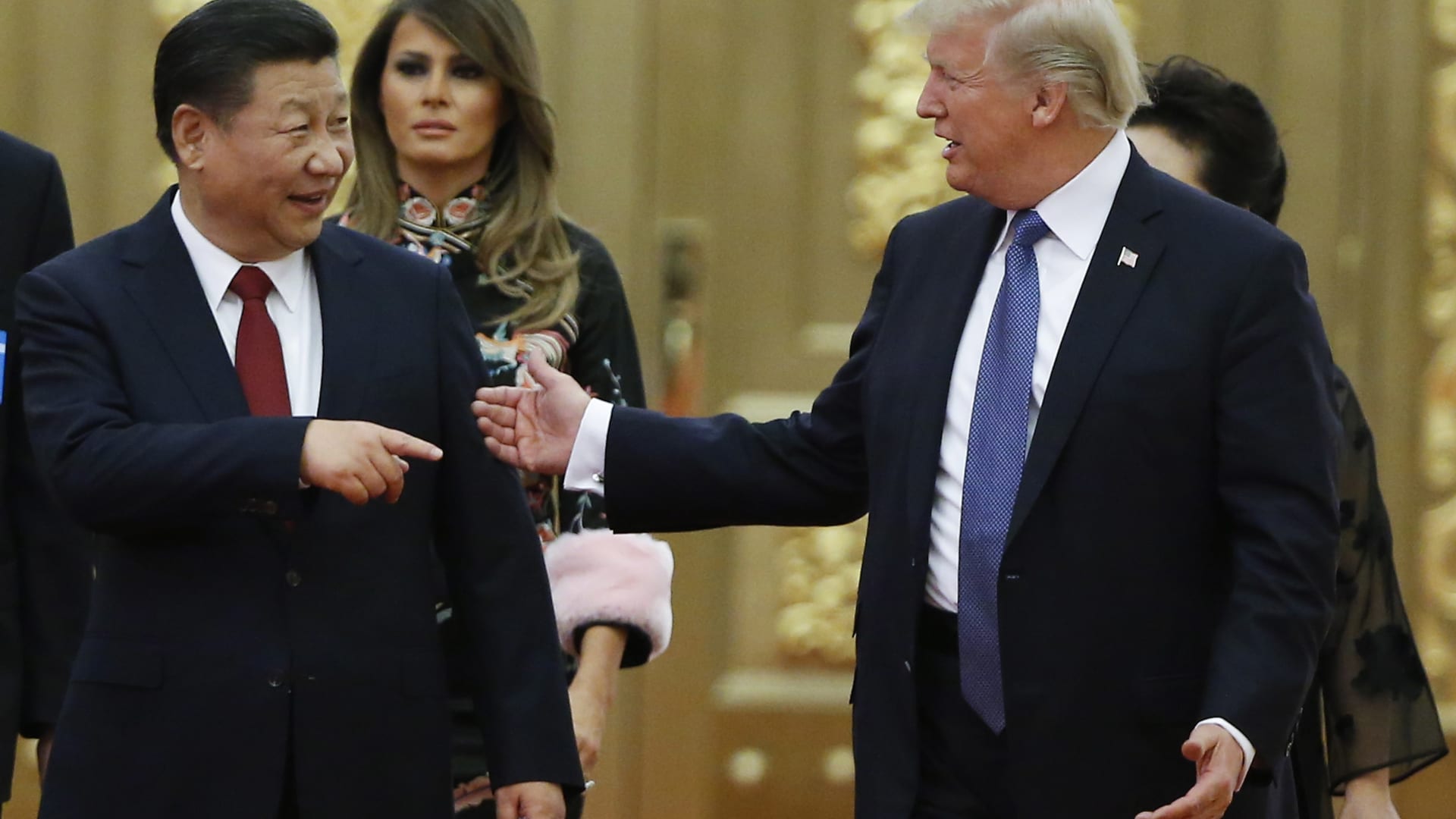نيويورك، الولايات المتحدة (CNN)-- أدى انخفاض التعريفات الجمركية وتخفيف الحواجز التجارية بين الدول، على مدى العقود الماضية، إلى تعزيز سلاسل التوريد العالمية، وزيادة كبيرة في حجم التجارة العالمية، والآن تدفع الحرب التجارية- التي أشعلتها الولايات المتحدة الأمريكية مع الصين- العالم إلى الوراء.
فقد انخفض متوسط معدل التعريفات الجمركية على الواردات من قبل أعضاء منظمة التجارة العالمية من نحو 12.74٪ في عام 1996 إلى 8.8٪ في عام 2016، وارتفع حجم التجارة العالمية من 5 تريليونات دولار في عام 1996 إلى 19 تريليون دولار في عام 2013.
والآن تجر الولايات المتحة الأمريكية العالم إلى الوراء، ففي سعيها لتحقيق ما تعتبره تجارة عادلة، بدأت الولايات المتحدة نزاعات تجارية مع العديد من الاقتصادات المختلفة، إلا أن نزاعها مع الصين هو الأكثر حدة، وأدى إلى فرض سلسلة من التعريفات الجمركية الإضافية.
ويعتقد البعض، أن الصين ستخسر الحرب التجارية مع أمريكا، وتستسلم في نهاية الأمر، بدعوى أن الميزان التجاري بين الجانبين يميل لصالحها، لكن ربما يكون هذا الاعتقاد خاطئاً، لسبب بسيط، هو أن الجانبين سيتضرران كثيرا من هذه التعريفات.
فعندما يتم تطبيق تعريفة على سلعة معينة، فهناك 3 سيناريوهات، في مقدمتها انخفاض الأرباح، ففي بعض الصناعات، تكون الشركات غير راغبة أو غير قادرة على تحميل التكلفة على عملائها، وهذا يعني بكل بساطة أن أرباح الشركة ستنخفض، وبالنسبة للشركات العامة، فهذا بالطبع سيقلل أرباح وبالتالي يمكن أن يؤثر على أسعار أسهمها.
على سبيل المثال، شركة ألكوا، وهي شركة أمريكية، اعتقد البعض أنها ستستفيد من التعريفات الجمركية على منتجي الألمنيوم الأجانب، وهو ما لم يحدث، حيث ارتفعت تكاليف مدخلات الانتاج لدى الشركة لأنها تستخدم كمية كبيرة من الألومنيوم الأولي من كندا، والتي تصهرها لإنتاج الألمنيوم الخاص بها.
السيناريو الثاني، هو ارتفاع الأسعار، فربما تستطيع بعض الشركات تحميل تكلفة التعريفات الجمركية على عملائها، كما اقترحت شركة آبل على سبيل المثال، قيامها بذلك، وهو ما يضطر المستهلكين لدفع مقابل أكبر عن نفس السلعة، إنفاق أموالًا أقل على سلع خدمات أخرى.
أما السيناريو الثالث والمتوقع، فهو تراجع الطلب على السلع التي تم فرض تعريفات جمركية عليها، نتيجة لاحتمالية تخفيض المستهلكين لشرائهم هذه السلع عند تحميل التكلفة عليهم.
الولايات المتحدة لديها تخوفات مشروعة مع الصين، لكن ينبغي عليها متابعتها مع منظمة التجارة العالمية، وليس من خلال التعريفات الجمركية.
أما الصين فلديها ترسانة كبيرة من الأسلحة، خلف التعريفات الجمركية، يمكنها استخدامها ضد الولايات المتحدة، منها، إنشاء علاقات تجارية وثيقة مع دول أخرى لعزل واستبعاد الولايات المتحدة، فعلى سبيل المثال، خفضت الصين التعريفات على السيارات لصالح حلفاء واشنطن لمقاومتها، بالإضافة إلى تنفيذ حملة تنظيمية على الشركات الأمريكية، مثل التحقيقات البيئية أو مكافحة الاحتكار.

